Looking to protect your roof and extend its lifespan? Shingle sealant is essential for bonding shingles, preventing leaks, and enhancing your roof’s durability. This guide will help you understand what shingle sealants are, the benefits they offer, and how to apply them for optimal protection.
Key Takeaways
-
Shingle sealants provide crucial bonding for asphalt shingles, enhancing roof durability and protecting against harsh weather conditions.
-
Using quality sealants extends roof lifespan, reduces moisture penetration, and minimizes repair needs, leading to long-term cost savings for homeowners.
-
Proper application and surface preparation are essential for sealant effectiveness, ensuring optimal performance and protection against leaks and UV degradation.
Understanding Shingle Sealants
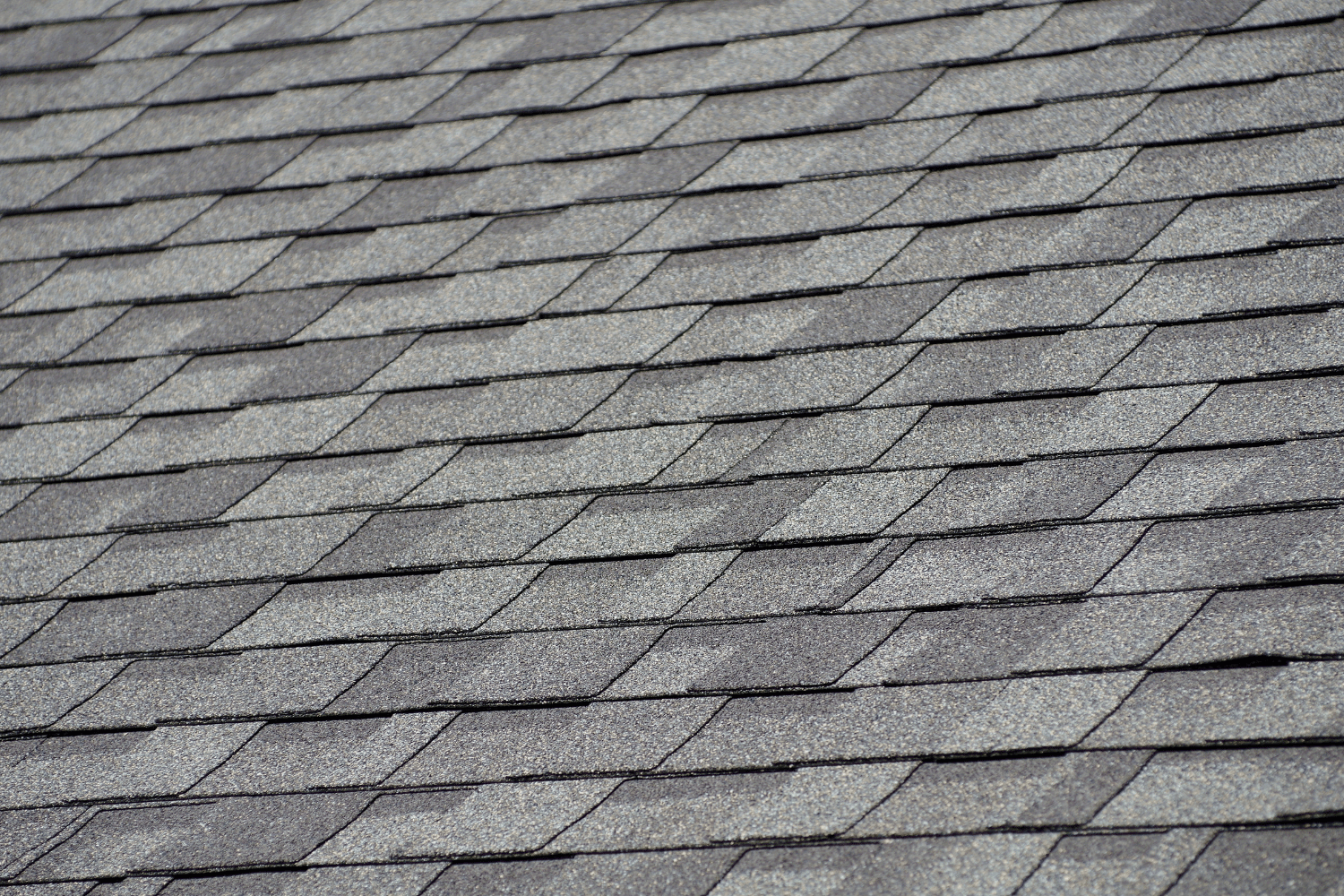
An overview of various shingle sealants used on asphalt shingles.
Shingle sealants are asphalt-based materials specifically designed to bond individual asphalt shingles together, creating a cohesive and robust covering for your asphalt shingle roof. These sealants are activated by heat and UV rays, which soften the material and enhance its adhesive properties. This bonding action is crucial for maintaining the structural integrity of your roof, especially in areas prone to high winds and storms.
Proper installation of shingle sealants is vital to their performance. When applied correctly, they effectively bond shingles together, providing enhanced protection against water leaks and UV degradation.
Choosing the right sealant involves evaluating its water resistance and UV protection to ensure it meets the specific needs of your roof. With a well-installed shingle sealant, your roof can withstand the harshest elements, ensuring a longer lifespan and better protection for your home.
Benefits of Using Shingle Sealant
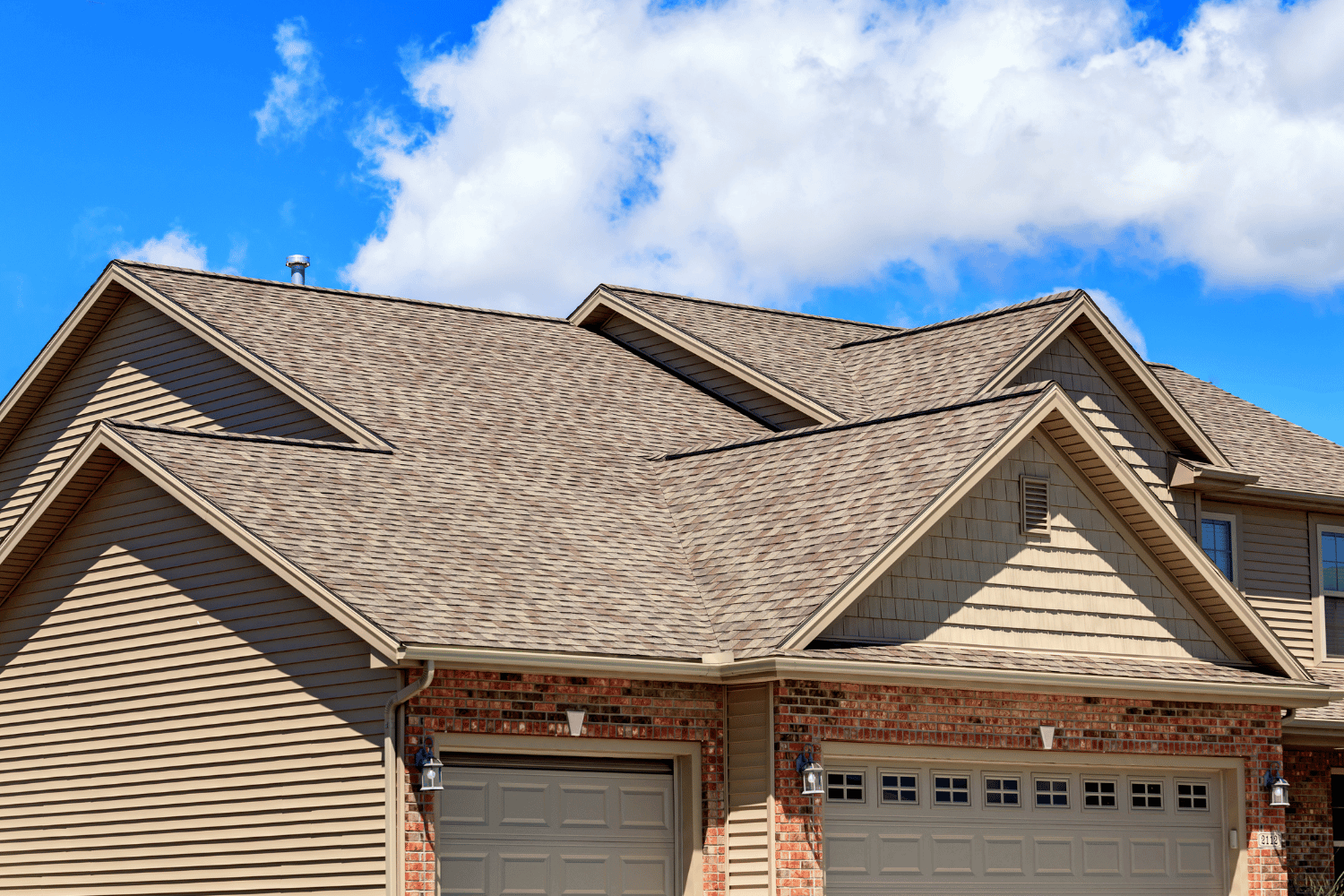
A well-maintained asphalt shingle roof showcasing the benefits of using shingle sealant.
Using shingle sealants offers numerous benefits that go beyond merely bonding shingles together. Here are some key advantages:
-
They significantly extend the lifespan of your roof by enhancing its overall durability.
-
Sealants decrease shingle permeability, making them less prone to moisture penetration.
-
They help prevent leaks and water damage.
Moreover, shingle sealants improve wind resistance and protect against various elements such as UV rays, hail, moisture, and sun. This added layer of protection not only safeguards the shingle roof structure but also minimizes the need for frequent repairs, ultimately saving homeowners money in the long run. Additionally, roof shingles can benefit from these sealants.
Investing in a quality shingle sealant means investing in a more resilient roof that stands the test of time.
Types of Shingle Sealants
When it comes to shingle sealants, there are several types to choose from, each with its unique properties and advantages. One popular option is Shingle Saver, a 100% acrylic elastomeric sealant that can be used on a variety of surfaces, including asphalt, fiberglass, and slate shingles. Acrylic sealants are known for their excellent UV protection and cost-effectiveness, though they should not be applied in freezing conditions.
Other types of shingle sealants include silicone and oil-based options. Silicone coatings offer strong adhesion and high elasticity, making them effective against ponding water and harsh weather conditions. Oil-based sealants, on the other hand, provide durable protection and are well-suited for various roofing materials.
The key to choosing the right sealant is to ensure compatibility with your roofing material for effective adhesion.
How to Apply Shingle Sealant
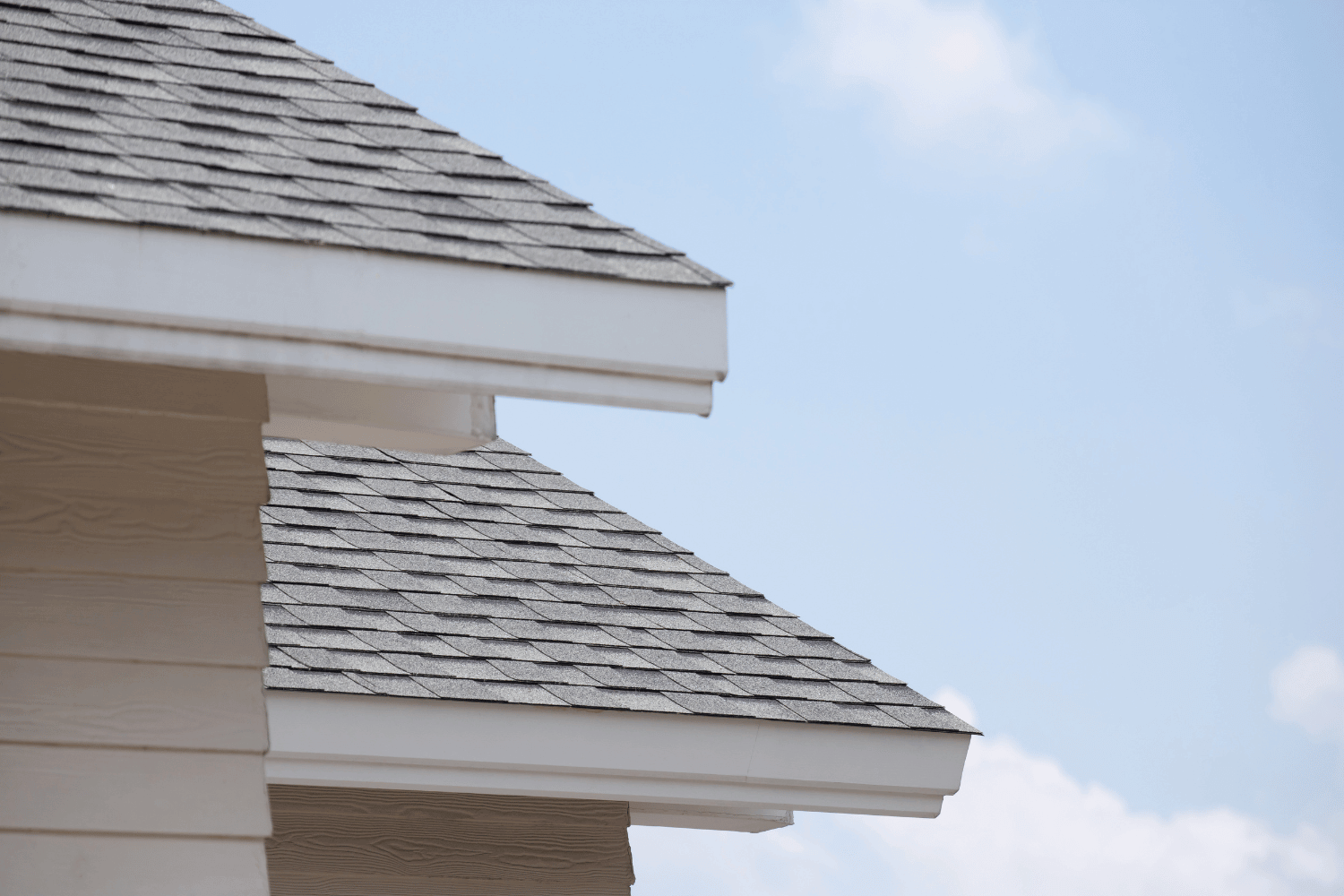
Shingle sealant involves several critical steps to ensure optimal performance.
Applying shingle sealant involves several critical steps to ensure optimal performance. Using appropriate tools such as a high-quality brush or sprayer can significantly improve the distribution of the sealant.
Additionally, following the manufacturer’s instructions regarding drying times and application techniques is crucial for effective application.
Preparing the Roof Surface
Preparation is the first and most crucial step in applying shingle sealant. Start by thoroughly cleaning the roof deck to ensure proper adhesion of the sealant. This involves removing all dirt, debris, and moss, which can be achieved through pressure washing. A clean surface is essential for the sealant to bond effectively and provide maximum protection.
Once the roof is clean, it’s important to allow it to dry completely before applying the sealant. Moisture can hinder the bonding process, so make sure the roof is thoroughly dry. This step ensures that the sealant adheres properly and performs as expected, providing a durable and long-lasting protective layer for your roof.
Applying the Sealant
When applying the sealant, start from the highest point of the roof to prevent excess sealant from dripping onto already covered areas. Use a brush, roller, or sprayer to apply the sealant evenly, paying special attention to seams and joints to prevent leaks. Ensuring even coverage is key to creating a strong, cohesive protective layer.
Post-Application Care
After applying the sealant, it’s essential to follow the manufacturer’s instructions for curing time to achieve the best results. Post-application care, including sufficient drying time and proper roof maintenance, ensures the sealant’s longevity and effectiveness.
This care rejuvenates aging roofs by hydrating them and maintaining shingle pliability, essential for withstanding storm-related wind damage.
Choosing the Right Shingle Sealant
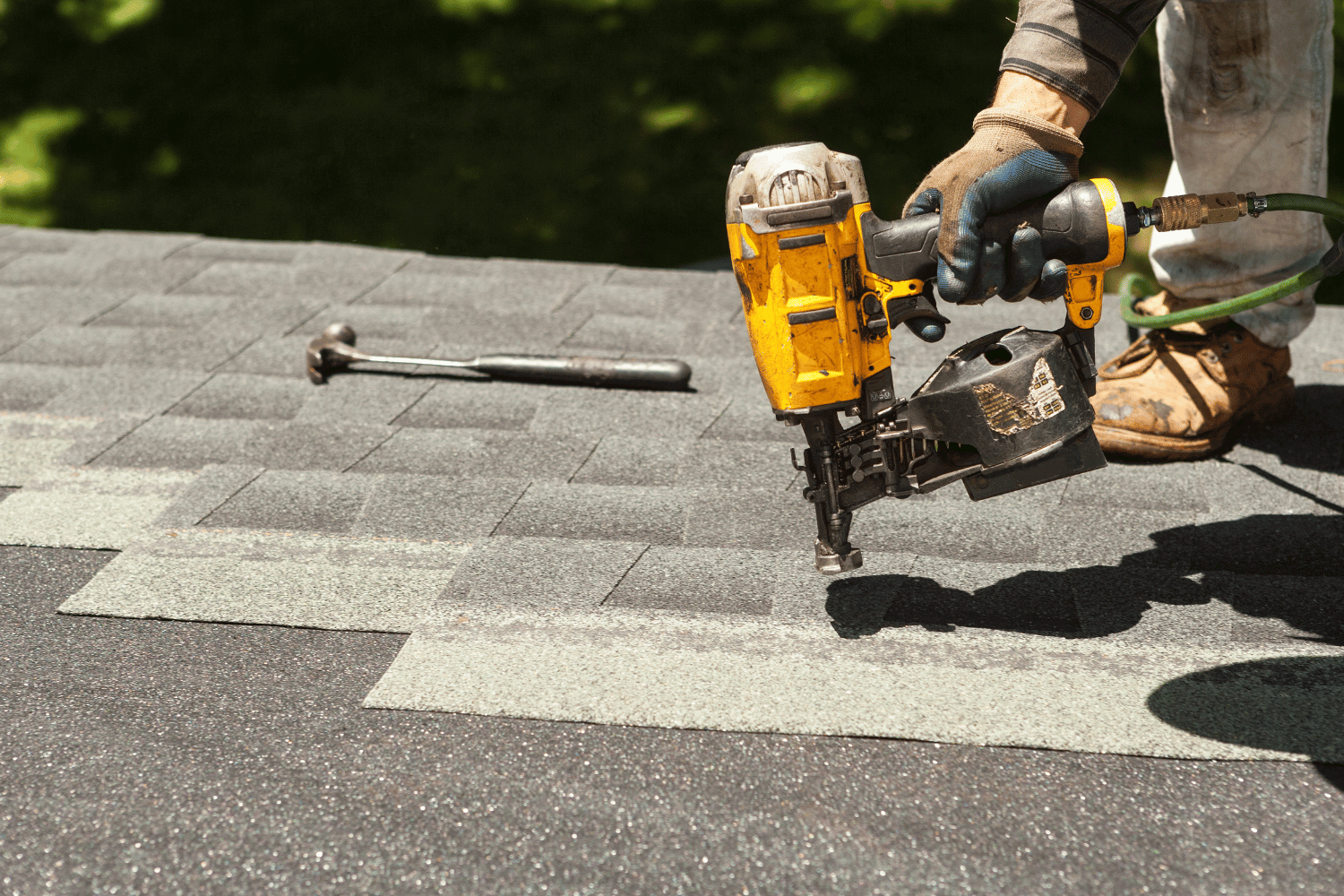
Different types of shingle sealants suitable for various roofing needs.
Selecting the right shingle sealant involves considering various factors, including the local climate, roof material, and specific needs of your roof. Silicone coatings, for instance, offer strong adhesion and high elasticity, making them suitable for areas prone to ponding water and harsh weather conditions. Acrylic sealants provide excellent UV protection and are cost-effective, though they are not ideal for freezing conditions.
Research and compare different sealant products to make an informed choice that balances quality and price. Consider the lifespan of the sealant and whether it aligns with your roof’s lifespan to reduce the frequency of reapplication. Some sealants offer added benefits such as UV protection or energy efficiency, which may justify higher prices for long-term savings.
Common Issues with Shingle Sealants
While shingle sealants offer numerous benefits, they can sometimes present common issues. Cracking is a frequent problem in aging shingles and may indicate installation mistakes or ventilation problems if seen in newer roofs. Granule loss from shingles, often caused by uneven asphalt application or overheating, can lead to roof failure if not addressed.
Mold, mildew, and algae growth on shingles can trap moisture, leading to more severe damage if not treated quickly. Regular maintenance checks are necessary to identify areas where the sealant may need reapplication to ensure ongoing roof protection, especially after a rain.
Inspect the roof after curing to identify any missed spots that may need reapplication.
Cost Considerations
Consider the cost factors of shingle sealants for effective budgeting. The application method can influence overall cost, with professional installation being more expensive than DIY applications. Additionally, the quantity of sealant needed for a given area will directly affect the total cost, as larger roof surfaces require more sealant.
Homeowners should consider various factors such as the price of materials, application method, and quantity required to make informed decisions about shingle sealants. Understanding these cost factors helps homeowners manage their roofing budgets and invest in the appropriate sealant.
Case Studies: Success Stories with Shingle Sealants
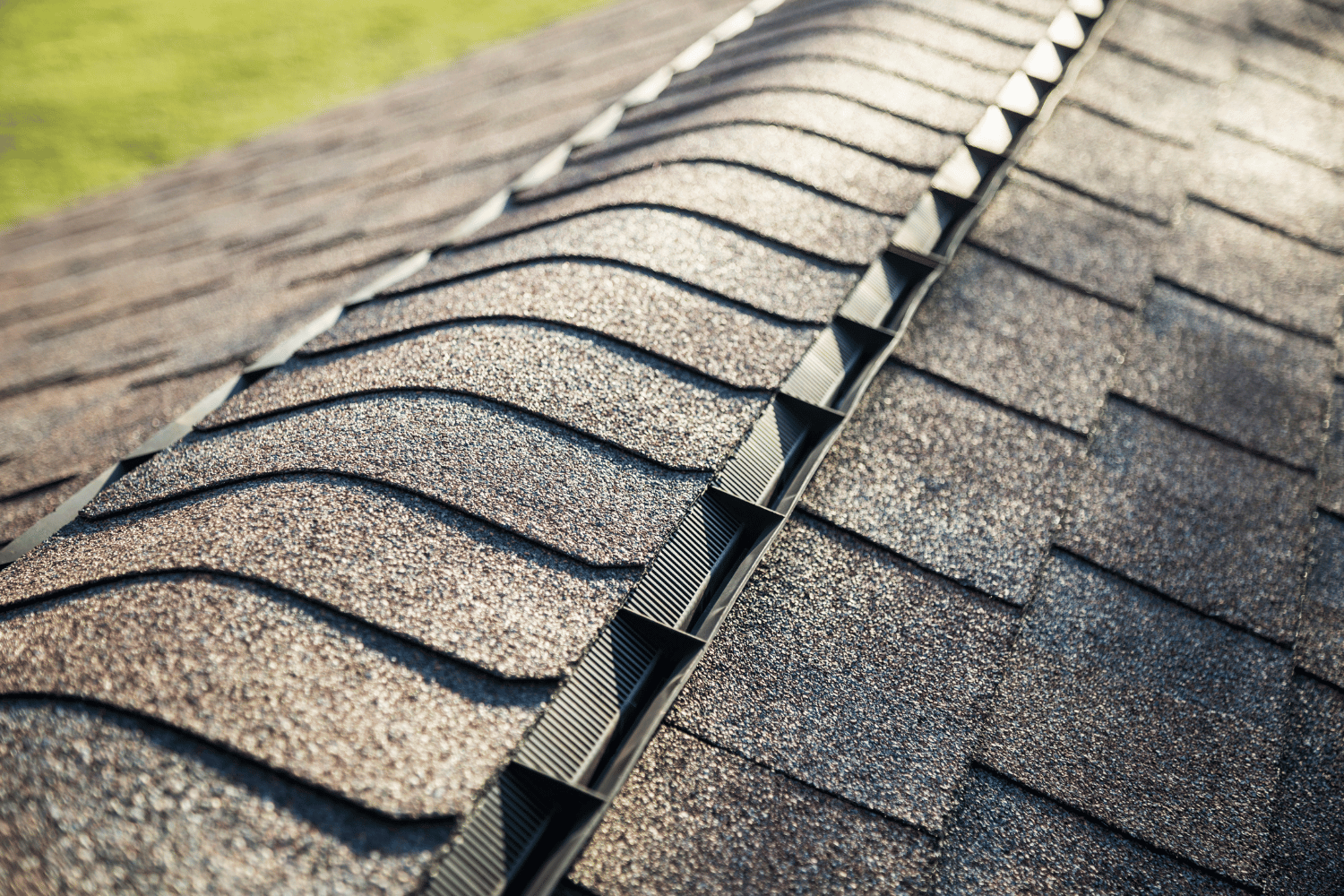
Before and after images of a roof treated with shingle sealant.
Real-life success stories highlight the practical benefits of using shingle sealants. For instance, a homeowner in Lagos transformed a worn roof with shingle sealants, enhancing its energy efficiency and curb appeal. This not only improved the appearance of the roof but also contributed to significant energy savings.
In another example, an industrial facility in Port Harcourt benefited from a high-performance coated roof overlay, which improved productivity and reduced long-term maintenance expenses. Facilities utilizing high-performance sealants have reported increased durability and significant cost savings on maintenance, thanks to the coating applied.
These success stories demonstrate the tangible benefits and improved outcomes that shingle sealants can provide.
Summary
In summary, shingle sealants play a crucial role in protecting and extending the life of your roof. They offer numerous benefits, including enhanced durability, improved resistance to elements, and cost savings on repairs. By selecting the right type of sealant and applying it correctly, homeowners can ensure their roofs remain resilient and long-lasting.
Investing in a quality shingle sealant is a wise decision that pays off in the long run. Whether you’re dealing with an aging roof or looking to enhance the protection of a new one, shingle sealants provide a reliable and effective solution. Take the time to research and choose the best sealant for your needs, and enjoy the peace of mind that comes with a well-protected roof.
Frequently Asked Questions
Can I put roof coating on shingles?
It is not advisable to apply roof coating on shingles, as it can negatively impact their performance, including resistance to impact, algae, and fire, as well as disrupt ventilation, potentially leading to moisture issues. Such actions could compromise the integrity of the roofing system.
What to put on shingles to stop leak?
To stop a leak in shingles, apply roofing cement or an appropriate sealant to fill any imperfections and create a watertight barrier. This will effectively protect against future leaks.
What is the best way to seal asphalt shingles?
The best way to seal asphalt shingles is to use polyurethane sealants for their strong adhesion or hot melt adhesive, particularly when addressing imperfections in the roof deck. Both methods ensure effective bonding and longevity of the shingles.
What are shingle sealants made of?
Shingle sealants are primarily made from asphalt-based materials, which bond individual shingles together to form a cohesive roofing system.
How do shingle sealants extend the lifespan of a roof?
Shingle sealants significantly extend a roof’s lifespan by lowering moisture absorption, enhancing resistance to wind and UV rays, and providing protection against hail damage. This proactive measure ensures your roof remains durable and resilient over time.

